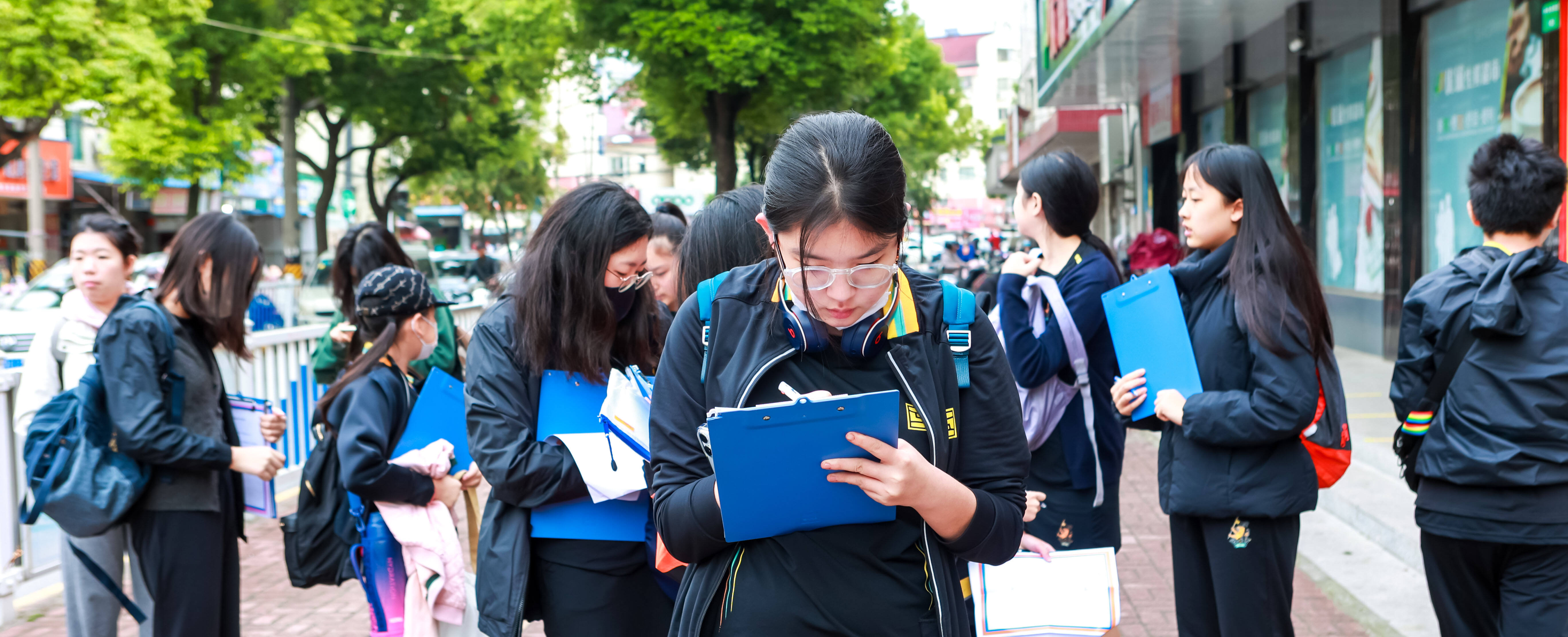
In November, our primary school pupils extended their learning beyond the classroom and experienced learning through travel. Picking up their small bags and task papers, they set out with their teachers to expand what they have learned in class.
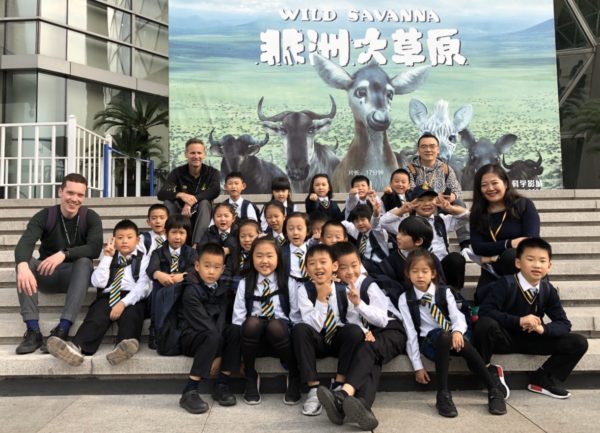
Exploring plants and appreciating the beauty of nature “Soaring freely in a warm fall, the egrets throw no good time away.” The first out-of-school learning activity after the first grade entered Huili School took place at Shanghai Chenshan Botanical Gardens.
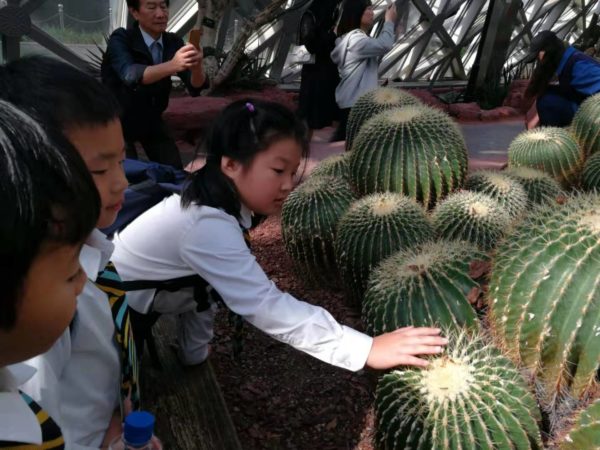
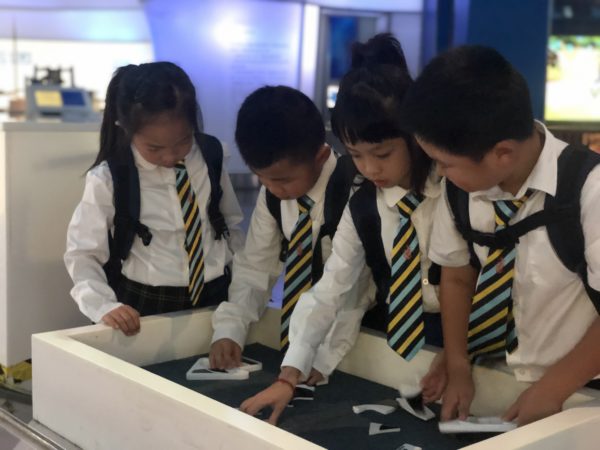
In the gardens, the pupils extended their knowledge learned during the ‘Horticultural talents/Flowers and insects’ unit . Together with their teachers, pupils not only observed various plants and visited the greenhouse exhibition area, they also reviewed the themes of ‘different parts of plants’ and ‘the basic requirements for organism survival’.
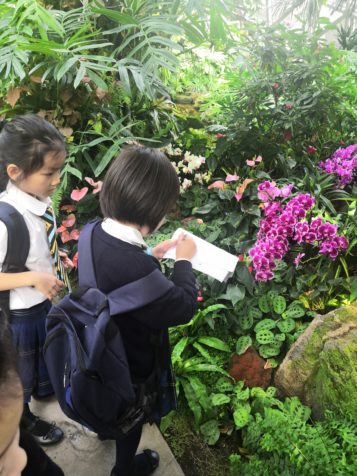
After the exploration, pupils sketched one of their favourite plants and tried to write a sentence in pinyin they had just mastered in Chinese class. The multi-angle learning task broke down subject barriers, thus enabling the pupils to apply what they have learned, helping them improve their abilities as independent learners and thinkers. Travelling in space to experience the beauty of science and technology Since the start of the teaching theme ‘space’, the second-grade teachers planned to take pupils to explore the mysteries of space and the visit to the‘Shanghai Science and Technology Museum trip’occurred at the right moment to support this goal.
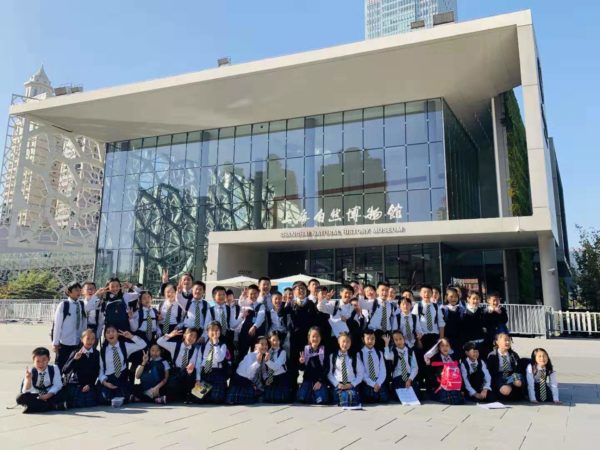
In the ‘astronavigation space’, pupils acted as ‘a little astronaut’, turning over 360 degrees on the ‘four-axis balancer’, experiencing the feeling of weightlessness. Before the Shenzhou-5 ship model, our pupils observed the basic structure of the spacecraft first-hand; in the space achievement display pavilion, they reviewed the space journey of famous cosmonauts.
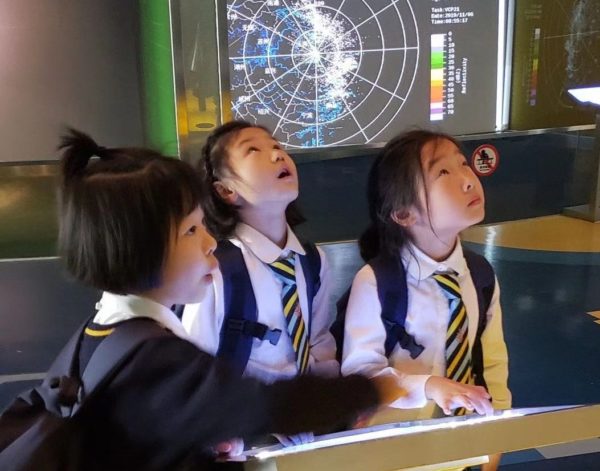
This let-imagination-fly space tour, planted a big ‘space dream’ in the hearts of the pupils, enabling them to see beyond our world, and to look forward to discovering more. Exploring the beauty of materials in the glass world In Baoshan District, Shanghai, there is a glass museum. It is not very conspicuous but it is as famous as the Palace Museum. For third graders who are studying different materials, the museum is a good place to visit.
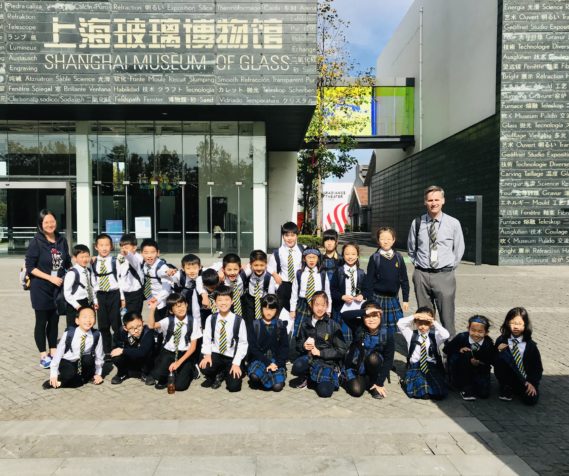
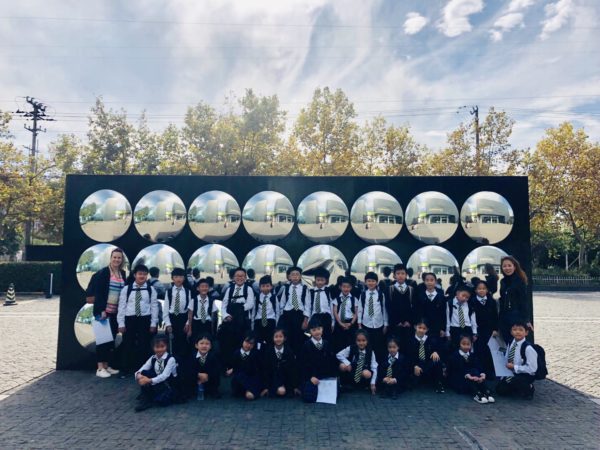
In class, pupils have already explored the properties, functions and characteristics of glass; at the museum, they found that this seemingly monotonous material could actually be unpredictable and colourful.
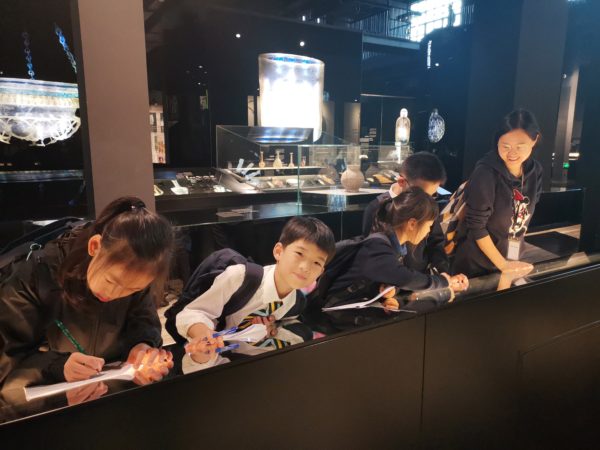
In the glass gallery, pupils learnt the origin and development history of glass in China and the West; in the maze of glass, they experienced the fun of glass of different shapes; in the children's glass museum, they observed the glass making process and the works of art on display.

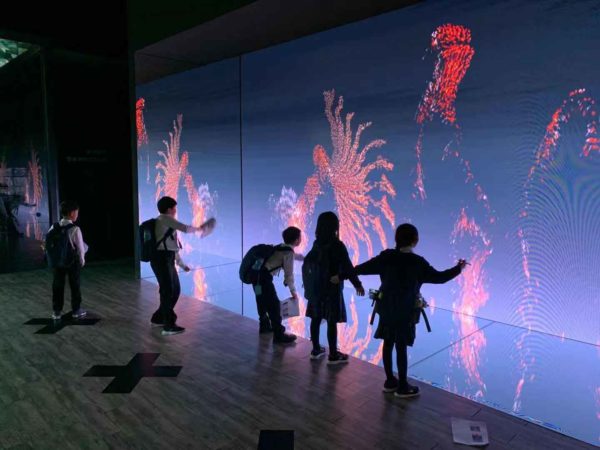
The ingenious applications of glass let pupils appreciate the environmental sustainability, functionality and artistry of this material. Feeling the harmony of life and decrypting the beauty of life Most children have never been to the Shanghai Museum of Nature and seen a variety of lifelike animal specimens. Take the bird family as an example, hundreds of specimens are exhibited on the second floor alone.
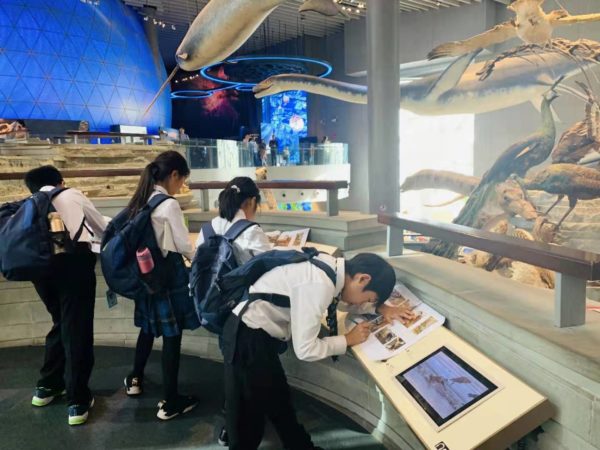
However, have you observed the beaks of these little creatures at close range? The fourth-grade pupils learned the story of Darwin's study of finches in the theme class of ‘Sky, Land and Ocean’, and came to understand that birds of slender, flat, sharp, or simple beaks are all derived due to their own varied living environment.
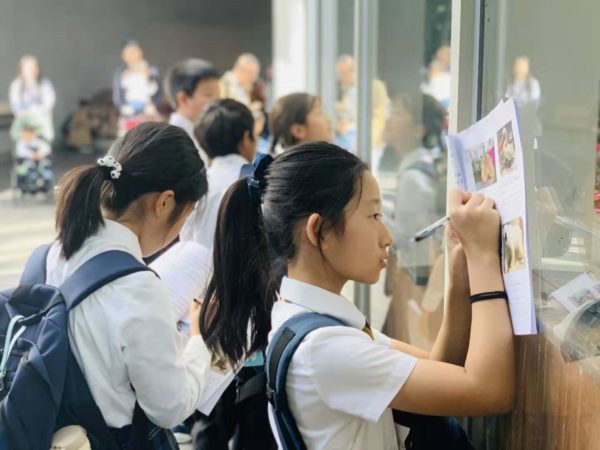
In addition to birds, the characteristics and living habits of any animal are closely related to its habitat. During the visit, pupils were required to analyse local features against a series of mysterious photos very similar to those features given by the teacher, to pick out the subject of the photo among a large group of seemingly identical animals, and to consider the role and value of this feature for the survival of the animals.
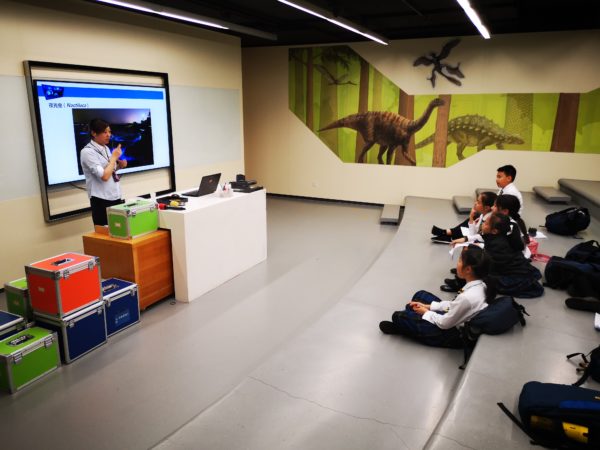
In addition, pupils also visited the Exploration Laboratory in the museum, and under the guidance of experts, learned about animal ‘camouflage skills’ and ‘evolution’. During this non-classroom based study, the pupils closely observed animals from seven continents and saw many fossils . When these fossils formed thousands of years ago, were presented in their fully reassembled forms to the children, they could not help but feel the wonder and preciousness of life. These visits not only extends learning beyond the classroom, but also creates opportunities for pupils to improve their learning and social skills. Although our pupils are young, they have demonstrated good teamwork-based abilities, as well as solid observation and problem-solving skills. In the problem-solving process, with a clear division of labour, pupils supported each other, and encouraged one another when encountering difficulties. It is even more gratifying to see that pupils took the initiative to act as tour guides, planning and leading their peers in their group. These field trips were short, but they offered knowledge, surprises and opportunities for personal growth. We believe that these exciting and knowledge-inducing trips will surely provide our pupils with fond and long-lasting memories.